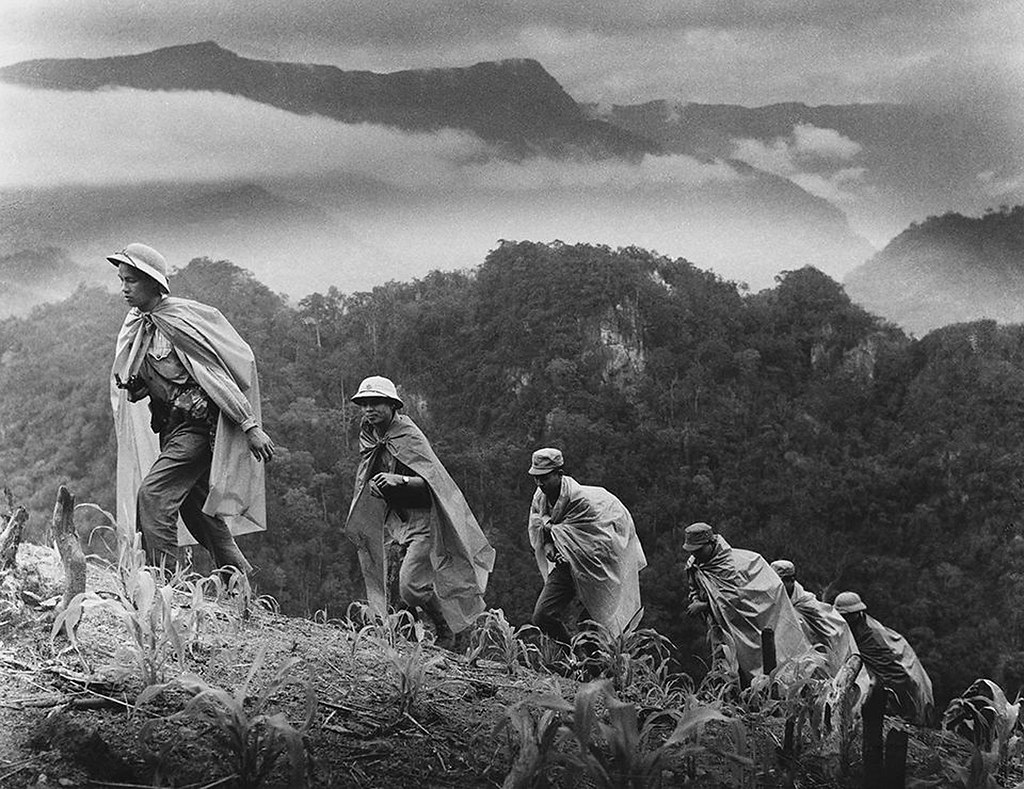
[ Lynn , Ken Burns. North Vietnamese Army Soldiers on the Ho Chi Minh Trail in 1969. The New Documentary “The Vietnam War.” Ho Chi Minh Trail. ]
The Vietnam War, The Khmer Rouge, and the Fall of Saigon. In 1968 about half a million soldiers served in Vietnam. The war was ruthless, they often fought in jungles, and many civilians were mistaken as enemies, causing so many deaths. President Nixon had two main plans to win over the communist country. The first one being teach the war tactics to the south and gradually leave the fighting to them. The second plan was sending troops to cut off the Ho Chi Minh Trail. A trail from North Vietnam to South Vietnam through the neighboring countries of Laos and Cambodia. The bombing of this trail led communist party Khmer Rouge killing one-third of their people. It also increased the rate of Cambodian refugees. With the Paris Peace Agreement, America dropped the war in 1973, but the battle between south and north continued until 1975. Eventually the north conquered the south and created to what is known the communist country. Starting the Journey for Cher, Vinh, and Samneang.

[ Lynn , Ken Burns. North Vietnamese Army Soldiers on the Ho Chi Minh Trail in 1969. The New Documentary “The Vietnam War.” Ho Chi Minh Trail. ]

[ Troops Walk the Ho Chi Minh Trail. Truong Son Mountains, 1966. ]

[ Sovfoto. The South Vietnam Liberation Army in the Ho Chi Minh Trail. Nov. 1976. ]
Insert your text here
“Under Mr. Carter's order, he said, the captains of American ships can now assure the authorities in any port that the refugees’ cases will be quickly processed by the Immigration and Naturalization Service and that the refugees will soon be on the way to where they have chosen to resettle. The official said that the United States hoped that other countries would now be encouraged to take similar actions.” ~ The New York Times

[ President Jimmy Carter, 1977 ]